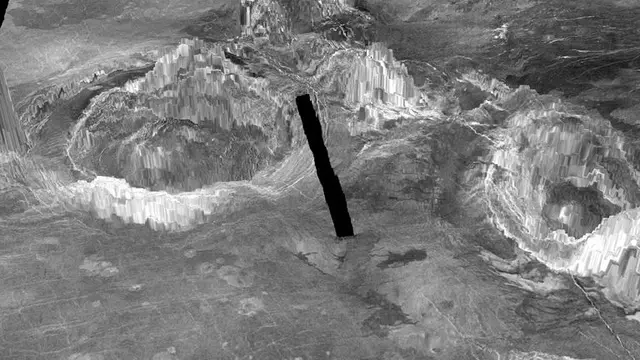Scientists have identified 37 recently active volcanic structure on Venus, suggesting the planet is still geologically active.
Planets such as Mars and Mercury have cold interiors, whereas Earth's is very hot - causing the tectonic plates to shift and occasionally volcanoes to erupt.
New evidence has been discovered which confirms that Venus also has a hot interior. These structures are known as coronae and are ring-like protrusions on the surface caused by hot rock from near to the planet's core swelling upwards.
In a new paper published in the journal Nature Geoscience, researchers from the University of Maryland (UMD) and the Swiss Federal Institute of Technology in Zurich have challenged the assumption that Venus is a dormant planet.
The coronae on Venus had been assumed to be signs of ancient activity which had since ceased, but the new research proves they are signs of active volcanoes on the planet's surface.
Using images of the planet taken by NASA's Magellan spacecraft, the researchers identified coronae which supported a 3D simulation of how the structures are created.
They examined 133 of the rings on the planet and found 37 which appear to have been active within the last two million years - "very recently" in geological terms according Professor Laurent Montesi, one of the study's authors.
"This is the first time we are able to point to specific structures and say 'Look, this is not an ancient volcano but one that is active today, dormant perhaps, but not dead'," Professor Montesi added.
"This study significantly changes the view of Venus from a mostly inactive planet to one whose interior is still churning and can feed many active volcanoes," the UMD professor said.
 简体中文
简体中文





